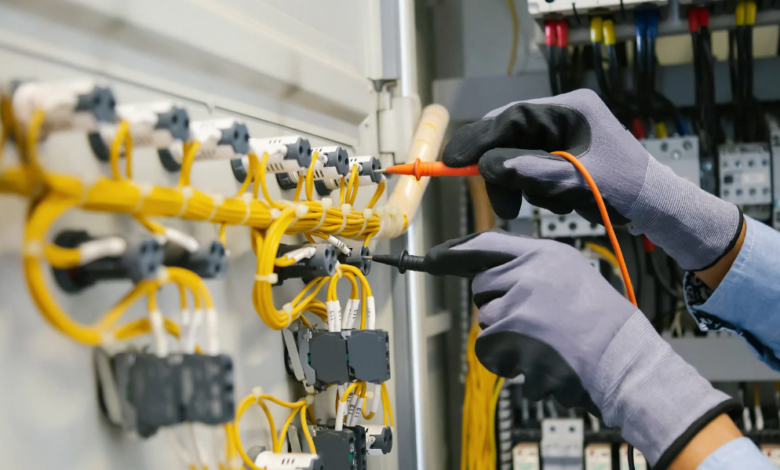What Are the Common Causes of Electrical Failures in Commercial Buildings?

Electrical failures in commercial buildings are more than inconvenient; they can cause system-wide disruptions, compromise employee safety, and significantly impact operational efficiency. Many businesses experience these failures without realizing they stem from preventable causes. Early detection and timely professional intervention are key to avoiding system-wide breakdowns. Understanding when to act starts with identifying why these failures occur and how expert commercial electrical repairs in Oklahoma can resolve and prevent them.
Aging Infrastructure and Wiring
Older commercial buildings often rely on outdated electrical systems that were not designed to support the demands of modern equipment. Worn insulation, frayed wiring, and corroded connectors can lead to short circuits, arc faults, or even electrical fires. Facilities running on legacy wiring need thorough evaluations, especially if renovation projects or equipment upgrades have increased energy usage. Another common issue is a lack of grounding or unbalanced loads, both of which create unsafe operating conditions. Rewiring and load balancing should always be handled by licensed professionals who understand local code requirements and system capacities.
See also: The Role of Home Insurance in Safeguarding Your Property Investments
Overloaded Circuits and Equipment Failure
Many electrical failures stem from overloading. When commercial operations grow, adding computers, HVAC systems, production machines, or lighting, existing circuits may become stressed. Overloaded panels or outlets generate excess heat, trip breakers, and eventually degrade components over time. To prevent this, licensed electricians evaluate electrical loads and install circuit breakers and panels that accommodate growing demand. Failing to follow this step not only increases downtime but also reduces the lifespan of electrical assets. Knowing the importance of hiring a licensed commercial electrician can ensure system upgrades meet both safety and capacity requirements without overextending the system.
Poor Maintenance Practices
Routine electrical maintenance is often overlooked in commercial settings, especially when systems appear to be functioning correctly. However, failing to address loose connections, dirty components, or outdated switchgear can lead to unexpected outages. A scheduled preventive maintenance plan includes infrared thermographic inspections, testing for voltage irregularities, and replacing worn components before failure occurs. Businesses that incorporate proactive care strategies can avoid sudden breakdowns and protect essential operations.
Environmental Exposure and Moisture Intrusion
Moisture is a silent threat to electrical systems. Water infiltration from roof leaks, condensation, or high-humidity environments can corrode wires, trip circuits, and destroy components. This is especially common in utility rooms, basements, and outdoor electrical panels. Weatherproofing equipment and installing moisture-resistant enclosures can prevent moisture-related faults. Facilities that are frequently exposed to environmental hazards require regular assessments to ensure the integrity of seals and the structural protection of electrical infrastructure.
Impact on Operational Continuity
Unplanned electrical failures affect productivity, data integrity, and employee safety. When outages occur, they often bring multiple systems offline, including computers, lighting, security, HVAC, and more. Delays in diagnostics or repairs exacerbate the situation, especially if essential power systems are not segmented or supported by backup solutions.
Facilities that prioritize professional repair services and modernize critical infrastructure stand a better chance of maintaining uninterrupted operations. Integrating timely system assessments with response plans offers a stronger foundation for continuity. This approach supports uptime goals and protects against financial loss due to avoidable breakdowns. In fact, the impact of well-timed electrical repairs on industrial productivity goes beyond preventing outages; it enables optimized workflow, preserves equipment lifespan, and minimizes operational waste caused by system inefficiencies.
Conclusion
Electrical system failures in commercial buildings are rarely the result of a single issue. From aging components to overloaded circuits and moisture exposure, each risk factor demands tailored attention and ongoing oversight. Regular professional assessments help identify these concerns early and resolve them before they cause significant damage. Business owners who prioritize maintenance and expert repairs reduce downtime and avoid safety hazards. Preventive planning and timely upgrades ultimately create a more efficient, compliant, and future-ready commercial environment.





